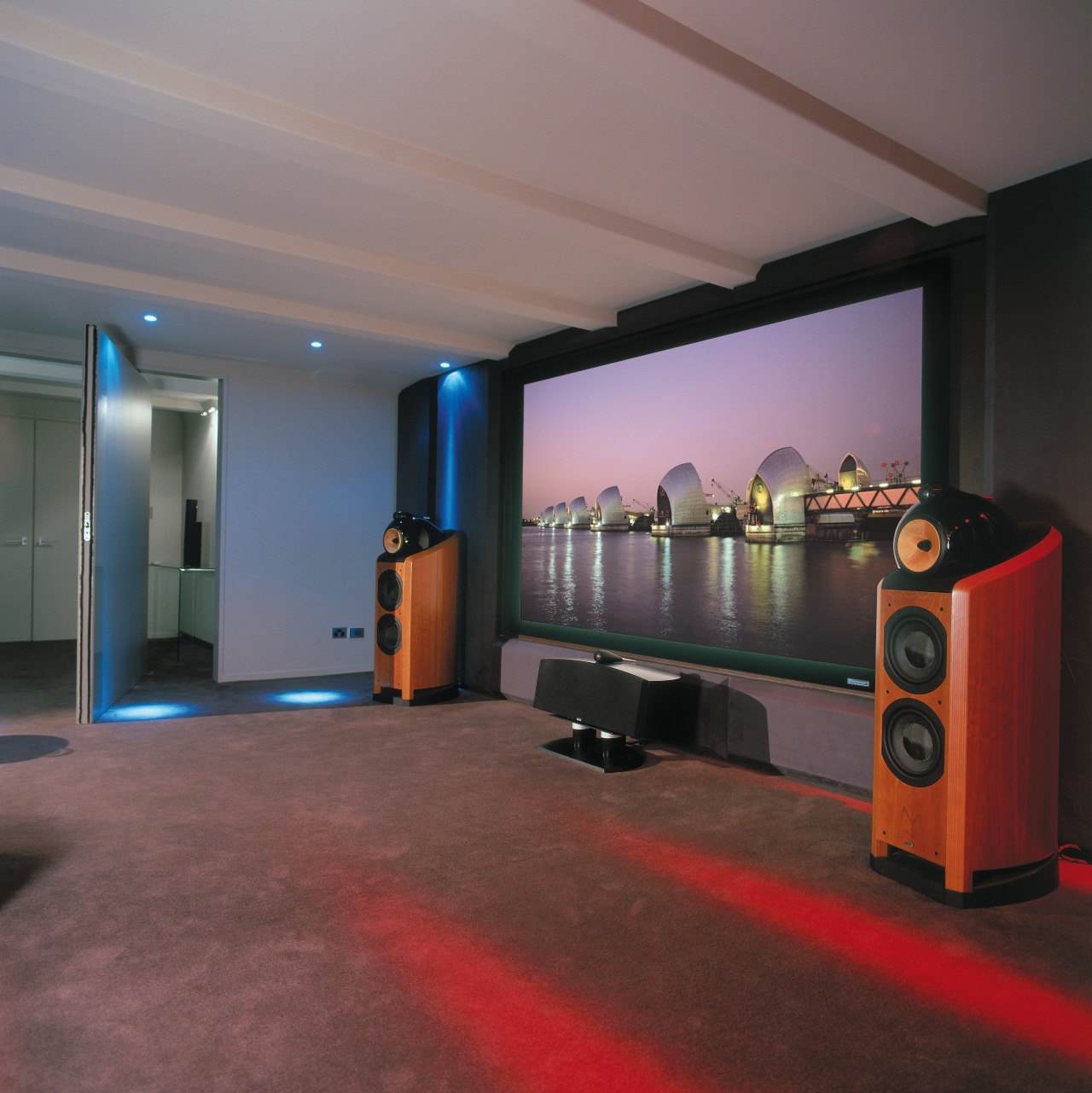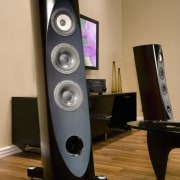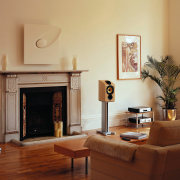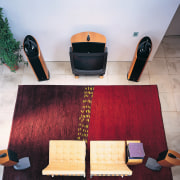Sound bite
Digital technology is producing clearer and better sound. The question is, are our ears keeping up?
Debate rages as to which is our most vital sense, sight or sound. Regardless which camp you belong to, there is no denying that in the world of home entertainment, each is undoubtedly the poorer without the other.
In this instalment we ask our experts to give us the low-down on getting the best sound from our audio equipment and surroundings.
Acoustically, what should people be listening for when buying a set of speakers?
Paul Quilter, owner of PQ Imports, says the best indicator is an innate one.
"We all know what voices sound like from before we are born. Therefore, voices should be used to evaluate the sound of speakers. If the hairs on the back of your neck stand up when listening to an emotional performance by a female vocalist, then you are sure to be involved in the sound and derive more enjoyment from it."
James Harding, marketing manager for B&W Loudspeakers, agrees, but has a word of caution.
"You must remember that speakers need to be run in to sound their best, and this can take between 100-150 hours. One last point, everybody's ears are different, so something that sounds good to the salesperson may not sound good to you."
If sound is such a personal experience then, does it really matter what speakers we choose to buy?
Will mix-and-match speakers give better or poorer sound than a matched set, or is there no difference?
Gareth Lewis, product manager for Monaco Corporation believes a matched set of speakers will result in better sound.

"Keeping within a family or series from a particular brand of loudspeakers will ensure an effective home theatre sound. Mix-and-match speakers will not provide the same tonal or harmonic characteristics, and the sound will be disjointed when it travels from speaker to speaker. Keeping within the same family will provide the necessary timbre-matching that will offer a more seamless, consistent, and convincing overall sound."
This is an opinion shared by Paul Quilter.
"Matched sets of speakers will generally produce the best results as they have been designed to work together as a system. This is especially true in home theatre systems. You may be able to mix and match, but the number of variables involved makes for a daunting and time-consuming task."
Having completed the listening test and chosen the set of speakers you want, what else is there to take into account before you can take your latest purchase home with you?
Can audio quality be affected by components such as cables and connectors? If so, what should consumers be looking for?
"Cables are the most debated part of audio systems. Some people will say that cables make no difference at all, others will say that you must use a particular brand. The way I approach the cable debate is that they do make a difference but every thing in your system must be balanced. There is no point or real gain in buying a $1000 set of interconnects to use on the DVD player you picked up at the supermarket. However the same set of cables on a $10,000 CD player is a different story you may find that the soundstage has opened up, the separation of sounds increases and you hear higher highs and lower lows. A good rule of thumb is to spend about 10% of the purchase price of your source equipment on cables," says Harding.
"When assembling your home audio system, cables should be treated as a separate component. While you can get by with the standard cables given to get your system going, one of the biggest system improvements can be attributed to correct cable choice.
"Any audio connector, be it RCA or spade, should be made from gold-plated copper ideally oxygen-free copper which will give optimum signal transmission and prevent long-term oxidisation," says Lewis.
This was a question that all of our experts agreed on.
"Cables and connectors are vitally important and should be considered as components in their own right. The sound is only as good as the weakest link in the chain. Why pay for superb design in amplifiers and speakers only to create a bottleneck by using inferior cables? Consumers should take the advice of experienced professionals who know what cables match best with the electronics and speakers that they specify," says Quilter.

Our experts also all agreed on the best way of housing your speakers.
How important are speaker stands? Can't I just place the speaker on a bookcase shelf?
"The problem with putting a speaker on a bookshelf is that it's going to interact with everything around it. Speakers like room to breathe, and putting them inside an open box means the sound from the drivers is going to interact with the surfaces of the box, which will change the sound. If your speaker is rear ported like many are, then the port on the back of the speaker is going to interact with the shelf system, rather than operate in free air as it should," says Harding.
"Speaker stands are not simply a fashion accessory for the speakers that sit on them. They are a crucial element in the design of the system. The speaker can only perform at its best if it is held rigidly in place. Any movement of the speaker cabinet will result in blurred images and smudged detail," says Quilter.
"In essence, a set of good quality speaker stands will be a better option for your satellite speakers. Determining which one is right for your speakers will depend on the size of the speaker box and the position of the tweeter on the speaker. Always make sure that the tweeter is at ear level and positioned so that it is directed at the listener," says Lewis.
Interestingly, our experts disagreed on the most important question of all. Does size matter? Two of our experts, Paul Quilter and Gareth Lewis, are of the opinion that it does.
"It matters in determining the size of the speakers in relation to the size of the room you are using. For example, large speakers in a small room will sound boxed in, with unwanted reflections off the ceilings. Conversely, small speakers in a large room can sound tinny, with a general lack of full-range dynamics.
"Room size aside, generally if you are looking for a big, full-range sound then you would be looking at the larger driver speaker models. Basic physics restricts the lower frequency limit that a speaker can produce. Tiny drivers physically cannot produce a distortion-free low bass note at a decent listening level. In many cases, this is overcome by adding a sub woofer. In short, speaker choice should be determined by room size, as well as your music and/or home theatre requirements," says Lewis.
And finally, What emerging trends do you believe will impact on the way people interact with their audiovisual systems?
"Distributing sound around the home is now becoming very popular, as is the ability to store music on a central music server accessible from all over the house. This raises issues as to quality of sound, ease of use, and control. Trends such as incorporating the amplifiers and remote control receivers into the speakers are becoming standard overseas. This reduces complexity and clutter, which is very desirable in an increasingly technology-driven and rushed lifestyle," says Quilter.
Story by: Trendsideas
Home kitchen bathroom commercial design
Walk this way – garden pathways to lead your thinking
From farmhouse to farmstead
Water, water, not everywhere











